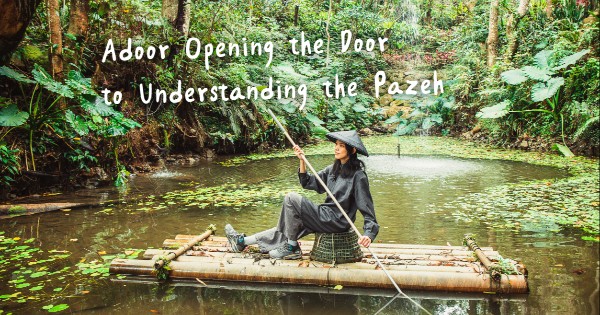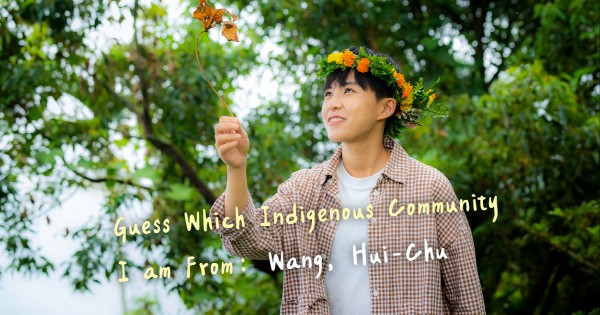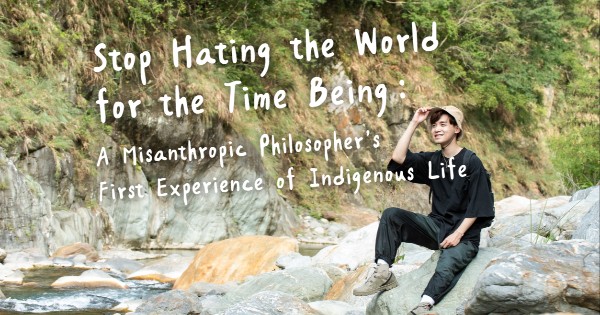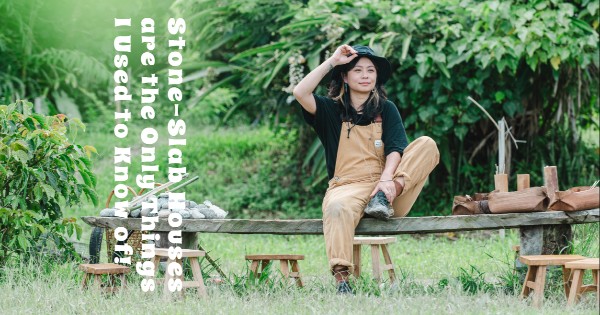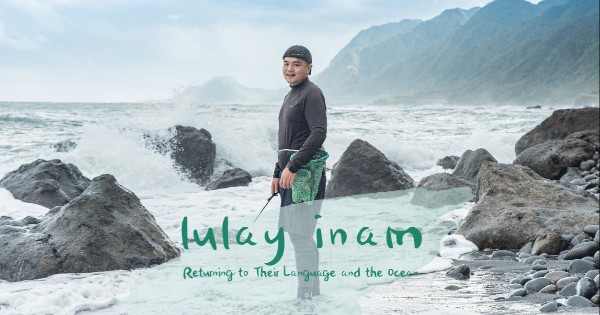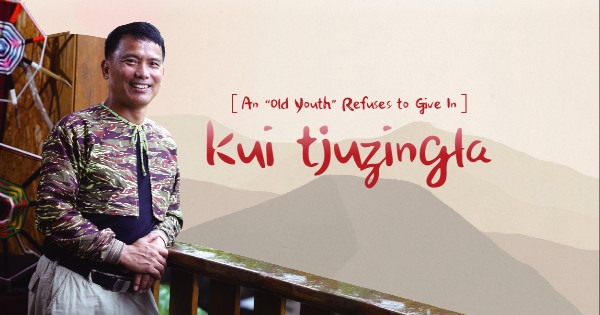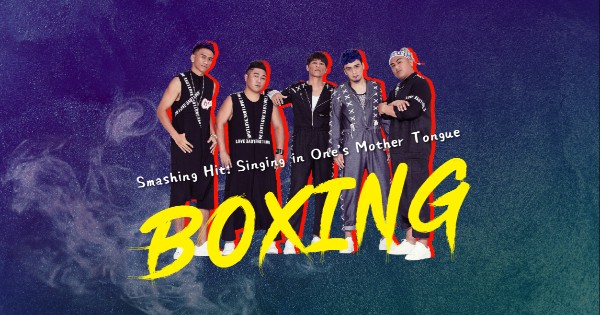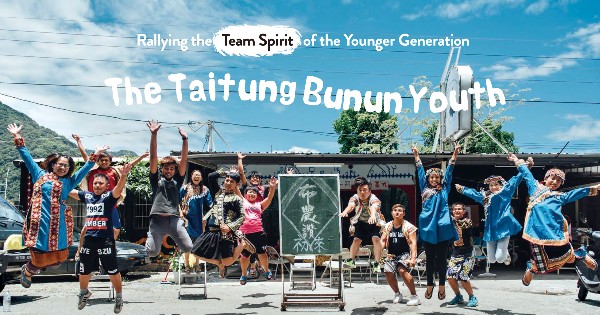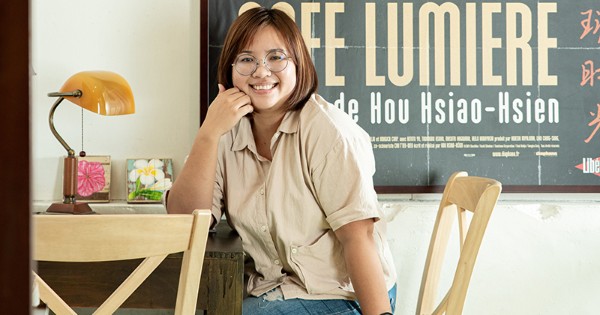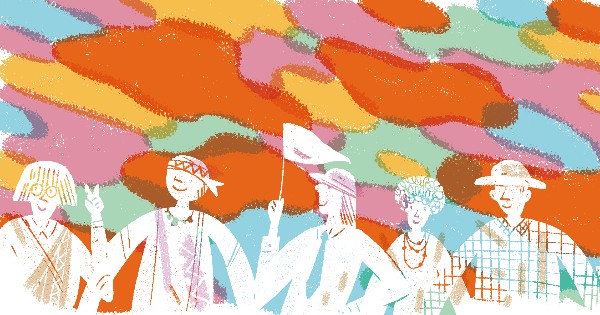2019-09-12
Rooted in Culture: Atayal Wufon Hunter School
Written by Chen Yi-Ru; Translated by 陳德怡 Deh I Chen; Photos by Huang Jian-Bin
The lush mountains of Wufeng Township in Hsinchu County are home to a hundred and so Atayal people living in Maybalay Community......
2022-12-07
Adoor Opening the Door to Understanding the Pazeh
Written by Kuo Po-Jiun; Photo Credit: Huang Jiang-Bing
As a kid who grew up in Taipei, I have met several of my elementary school classmates and part-time job colleagues who had an indigenous background. In fact, I would not have known that if they had not declared their identities. In recent years, I begin to switch my focus to the creation of a state. To explore the issues about indigenous people’s traditional territories, I approach various advocacy groups who protest on Ketagelan Boulevard in front of the Presidential Office Building......
2022-10-06
Guess Which Indigenous Community I am From: Wang, Hui-Chu
Written by Chiu Mu-Jung; Photo credit: Huang Jiang-Bing
Having been born and bred in the Chia-nan Plain in southern Taiwan, when I was young, I only had a rudimentary knowledge about Taiwanese indigenous peoples, which was mainly based on textbooks and sightseeing experiences to scenic spots like Formosan Aboriginal Culture Village and Sandimen. Later in senior high school, I got to make friends with peers with indigenous backgrounds and therefore foster a deeper understanding as I learned more about them. Perhaps due to the limited exposure to indigenous communities in the city, however......
2022-08-19
Stop Hating the World for the Time Being: A Misanthropic Philosopher’s First Experience of Indigenous Life
Written by Kuo Po-Jiun; Photo Credit: Huang Jiang-Bing
I am ashamed to admit that my knowledge about Taiwan’s indigenous peoples is quite limited and superficial. I teach Chinese literature in senior high school, and the relevant materials included in the curriculum mainly touch on the history of indigenous communities. There is a lesson that selects two modern poems from the Atayal poet Walis Nokan’s essay entitled “Wushe (1892-1931)”, focusing on the fate of the Atayal survivors in the “aftermath” of the Wushe Incident, the last major indigenous uprising against colonial Japanese forces that took place in 1930...
2022-06-25
Stone-Slab Houses are the Only Things I Used to Know of!
Written by Kuo Po-Jiun; Photo credit: Lin Jing-Yi
I’ve just returned from a trip to Taitung one month before receiving the invitation to this project. During that trip, what impressed me most, besides the relaxing beauty of nature and landscapes, were Taitung’s various delicacies and buildings featuring indigenous elements, as well as numerous handicrafts and ornaments that decorated the fronts of houses. But when asked about the characteristics of Taiwan’s indigenous culture, I cannot think of an answer at the moment...
2021-12-07
Returning to Their Language and the Ocean | lulay inam
Written by Qiu Mu-Rong; Photo credits: Lin Jing-Yi, lulay inam; Translated by Chen Deh-I
lulay inam (Lin Si-Long), a young man who could not speak his indigenous language and had only a vague impression of his identity, later went on to establish a Youth Club and reestablished his relationship with the ocean by actually diving into the waters. Through the process of learning his people’s language, lulay gradually learned more about himself and aspires to become the bridge between the older and younger generations. He hopes future generations can proudly identify themselves as “Kavalan”.
2021-10-05
An “Old Youth” Refuses to Give In | kui tjuzingla
Written by Kuo Po-Jiun; Photo credit: Tsai Zong-Sheng, Kazazaljan maisuvung; Translated by Chen Yi-Chen, Thomas Robertson
kui tjuzingla experienced setbacks when he came home to revitalize his culture. But learning from and dealing with present realities helps kui transform traditions - while staying true to the community’s sense of spirit and helping its youth find their way.
2021-08-03
Smashing Hit: Singing in One’s Mother Tongue | BOXING
Written by Tang Zu-Xiang; Photo credit: Ya Sound Entertainment; Translated by Huang Szu-Yu
Formed in 2010, Boxing has garnered grand awards from many music competitions and earned themselves the title of “the first indigenous Latin Rap Band of Taiwan”. They insist to keep their native language in their creative works with an aim to showcase the vitality of Indigenous music to the world.
2021-06-24
Rallying the Team Spirit of the Younger Generation | The Taitung Bunun Youth
Written by Liang Wen-Jing; Photo credit: Taitung Bunun Youth, Tsai Zong-Sheng; Translated by Chen Deh-I
The Taitung Bunun Youth (TBY) was established by a group of twentysomething Bunun youths in 2015. The organization is mainly composed of young people. Going beyond Bunun traditions, Taitung Bunun Youth sets up a conversation platform for the modern Bunun youth and helps the younger generation relearn their own culture.
2020-12-04
Kawah Umei | Bravely Facing the Past and Healing Herself Through Documentaries
Written by Kuo Po-Jiun; Photo credit: Lin Jing-Yi; Translated by Chen Deh-I
“When I make a film, I always have a goal: to make peace with myself. Every time I complete a documentary, I would be the one who had changed the most. The process is a chance for me to reconsider my relationships with other people and adjust my expectations of others.”
2020-09-24
Whoever Said We could Only be Boy or Girl? The Quest and Sense of Loss for Diverse Gender Identity
Illustrated by Lin Jia-Dong
With the society developing diversely, our awareness of gender identity is comparatively more courageously exposed. But the structure and indigenous village culture unique to the indigenous society coupled with the religious and colonial experiences, means that most indigenous peoples are facing a more pressing matter of indigenous identity. The intimate connection between indigenous villages and the church also reinforced people's idea of gender binary.
2020-06-21
When SaySiyat Meets Hakka
Written by Jiang Tian-Jun; Translated by 林士棻 Shihfen Lin; Illustrated by Lin Jia-Dong
Nanzhuang Township is known as the hometown of the SaySiyat people. But almost every resident here speaks Hakka. They also follow the Hakka customs such as ... How do the SaySiyat people, who once featured an indigenous culture of revering the Nature, respecting the “ta'ay” with awe, and worshipping ancestral spirits in traditional ways, come to meet and interact with Hakka culture, and in turn change their original values of faith?

